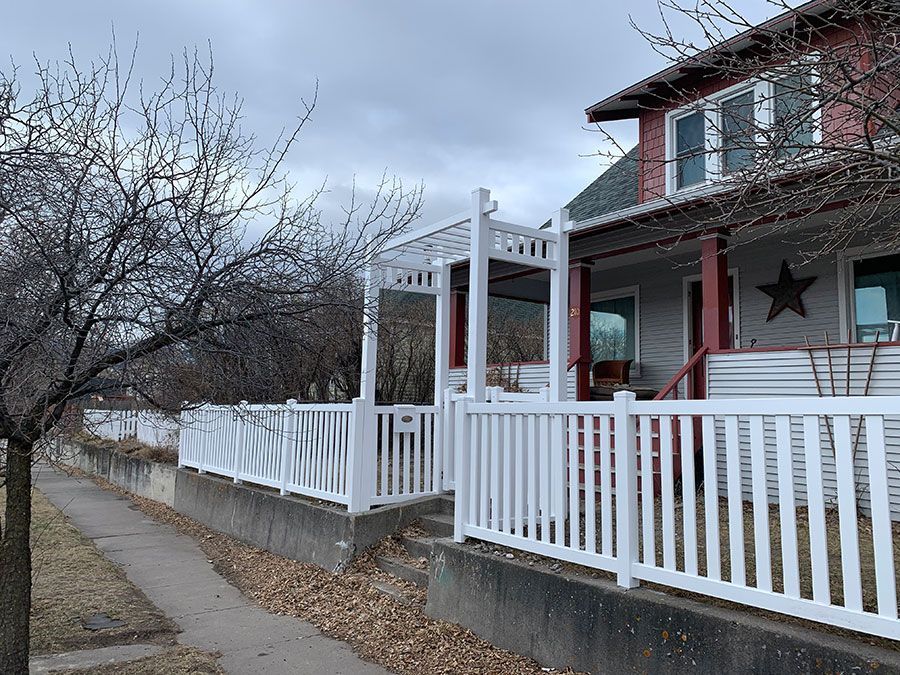Ornamental iron fencing is more than just a practical boundary marker—it's a symbol of beauty, craftsmanship, and history. The history of ornamental iron fences is deeply intertwined with the evolution of architectural and cultural styles, making them a timeless choice for both functionality and elegance. Let's explore how ornamental iron fences came to be, how they've evolved over time, and how they continue to influence design today.
Origins of Ornamental Iron Fencing
The origins of ornamental iron fencing can be traced back to the ancient civilizations of Egypt and Rome, where metals like iron and bronze were used to create barriers and decorative elements. These early iron fences were often simple and functional, designed more for security than aesthetics. However, as metallurgy advanced, so did the potential for more elaborate and artistic designs.
Transformations in the Design of Ornamental Iron Fences
By the 17th century, ornamental iron fencing began to take on more intricate designs, especially in Europe. The industrial revolution in the 18th century played a crucial role in the mass production of iron, making it more accessible and allowing for even more complex designs. Gates and fences with elaborate scrollwork, finials, and decorative patterns became common features in palaces, estates, and even city streets. The history of ornamental iron fences truly blossomed during this period, with iron being used not just for functionality, but also for aesthetic appeal.

Influence of Culture on Designs
With the rise in popularity of iron fencing, designs began reflecting the distinct cultural influences of various regions. In France, for example, baroque-style fences symbolized aristocratic wealth and elegance. In the U.S., by the 19th century, iron fences were symbols of status, with wealthy individuals using them to flaunt their prosperity. The influence of culture led to an array of unique designs based on local preferences and materials.
Modern Adaptations of Traditional Styles
In the present day, ornamental iron fencing has evolved to align with modern aesthetics, incorporating new materials and technologies alongside traditional styles. While the classic, ornate designs remain popular, there's a growing trend toward minimalist, contemporary adaptations that suit both residential and commercial applications, balancing elegance with durability. Today's designs continue to honor the rich history of ornamental iron fences, yet adapt to modern tastes and preferences.
Wrapping Up
The history of ornamental iron fences is a story of transformation, from simple functional barriers to masterpieces of design. Whether you're considering ornamental iron fencing for your property or simply appreciating the craftsmanship of these fences, their rich history and continued evolution make them a remarkable choice.
What style of ornamental iron fencing do you prefer for your home or business? Let us know in the comments below!
#OrnamentalIronFencing #HistoryOfFencing #IronFences #FenceDesign #Metalwork #DecorativeIron #FencingHistory #ModernDesign #CulturalDesign